The evolution of material handling equipment has introduced innovative lifting technologies designed to improve efficiency, safety, and operational costs. One such advancement is the carbon stacking crane, a lightweight yet strong alternative to traditional steel cranes. In industries like stone fabrication, warehousing, manufacturing, and logistics, the choice between a carbon stacking crane and a traditional crane can significantly impact workflow.
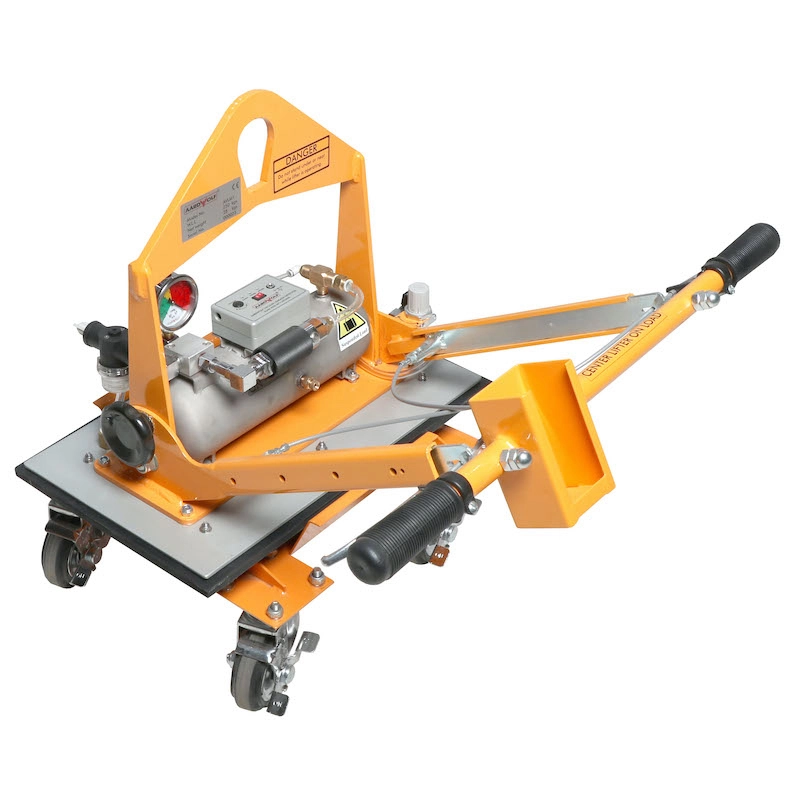
Table of Contents
ToggleWhat Is a Carbon Stacking Crane?
A carbon stacking crane is built with carbon fiber-reinforced materials, making it much lighter than its steel counterparts while maintaining high strength. This reduced weight allows for faster movement, reduced energy consumption, and easier maneuverability—particularly beneficial for industrial material handling solutions that require frequent repositioning.
Compared to traditional cranes, carbon stacking cranes are often integrated into automated material handling systems, enabling smoother coordination with conveyors for material handling, robotic arms, and other equipment.
For more on the basics of material handling, see:
🔗 What Is Material Handling? Types, Equipment, Functions, Safety, and Warehouse Optimization

How Traditional Cranes Operate in Material Handling
Traditional cranes—often constructed from high-strength steel—are widely used in construction, manufacturing, and bulk material handling systems. Their durability and ability to lift extremely heavy loads make them ideal for long-term use in fixed or large-scale environments.
These cranes are common in overhead material handling systems, where their robust structure is perfect for heavy-duty lifting tasks. However, their higher mass often results in slower movement, increased maintenance, and higher energy consumption.
Efficiency Comparison: Carbon Stacking Crane vs. Traditional Crane
1. Speed and Maneuverability
- Carbon stacking crane: Lightweight design allows faster travel speeds and quick positioning. Ideal for material handling for warehouses where quick turnover is key.
- Traditional crane: Heavier build may limit mobility, making it more suitable for stationary or semi-stationary operations.
2. Energy Consumption
- Carbon stacking crane: Lower weight reduces the energy needed for lifting and moving loads.
- Traditional crane: More power-intensive due to higher structural mass.
3. Load Capacity
- Carbon stacking crane: High strength-to-weight ratio but generally lower maximum load than the heaviest steel cranes.
- Traditional crane: Superior for extremely heavy loads in material handling for construction or shipyards.
4. Maintenance
- Carbon stacking crane: Corrosion-resistant materials reduce long-term maintenance costs.
- Traditional crane: Requires regular upkeep, particularly in corrosive environments.
Safety Considerations
Both crane types require adherence to material handling safety standards and proper operator training. It’s important to ensure:
- Operators wear the correct PPE—see Loose Clothing Is Best to Wear When Handling Material?
- Correct lifting clamps, slab lifters, or vacuum lifters are used for specific loads
- Proper load balancing and weight checks are performed before lifting
Application in Modern Industries
- Stone Fabrication – Carbon stacking cranes allow for precision placement of delicate materials like granite and marble.
🔗 What You Should Know About Stone Fabrication and Installation - Manufacturing & Warehousing – Integration with automated material handling systems improves throughput.
- Logistics – Faster movement of goods in high-volume environments.
- Food & Pharmaceutical Industries – Non-corrosive materials make carbon cranes more hygienic for clean-room applications.
Cost Considerations
While carbon stacking cranes have a higher upfront cost due to advanced materials, the long-term savings in energy, maintenance, and operational efficiency often justify the investment—especially in facilities focused on how to improve material handling efficiency.
Traditional cranes, on the other hand, remain a cost-effective choice for operations where low-cost material handling solutions are needed and space or speed is not a primary concern.
Which Is More Efficient?
If your operation values speed, energy efficiency, and integration with automated systems, the carbon stacking crane may be the better choice.
However, for extreme load capacities and rugged, long-term use in heavy industries, the traditional crane still holds its ground.
For insights on manual handling preferences, check:
🔗 [Which Is Preferred When It Comes to Manual Material Handling?](Which Is Preferred When It Comes to Manual Material Handling?)
Conclusion
The choice between a carbon stacking crane and a traditional crane depends on your material handling system design considerations, industry requirements, and budget. By evaluating load requirements, speed needs, and integration possibilities, businesses can select the most efficient solution to maximize productivity and safety.

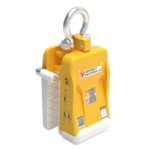
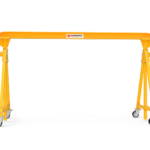
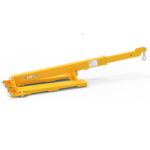
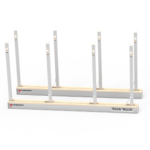
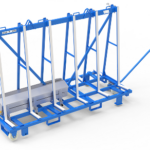

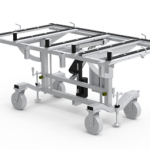
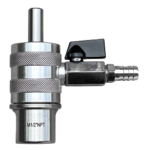
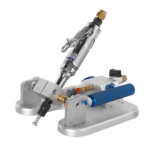
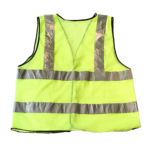

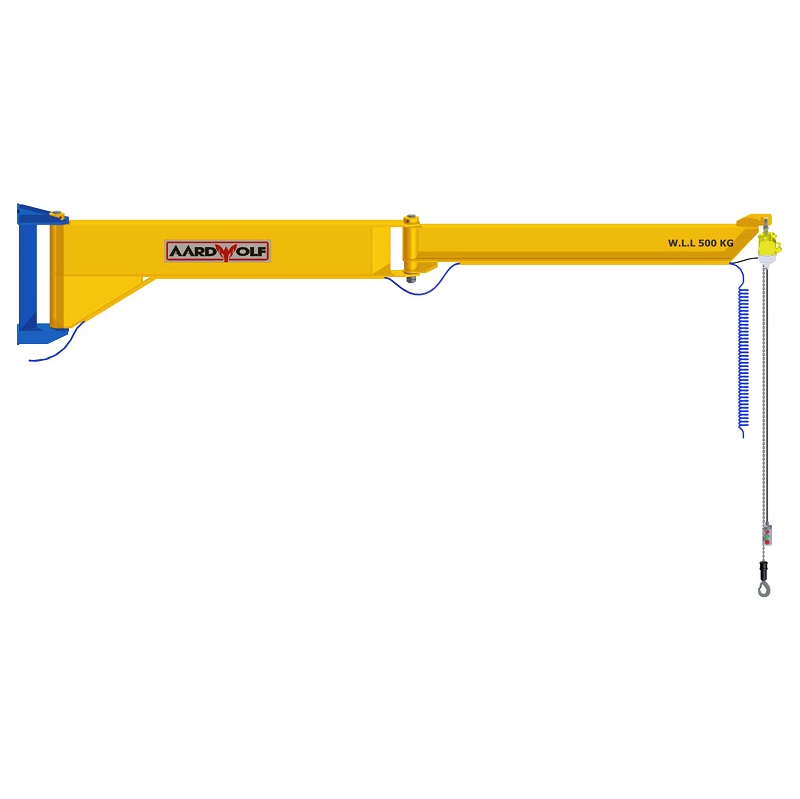
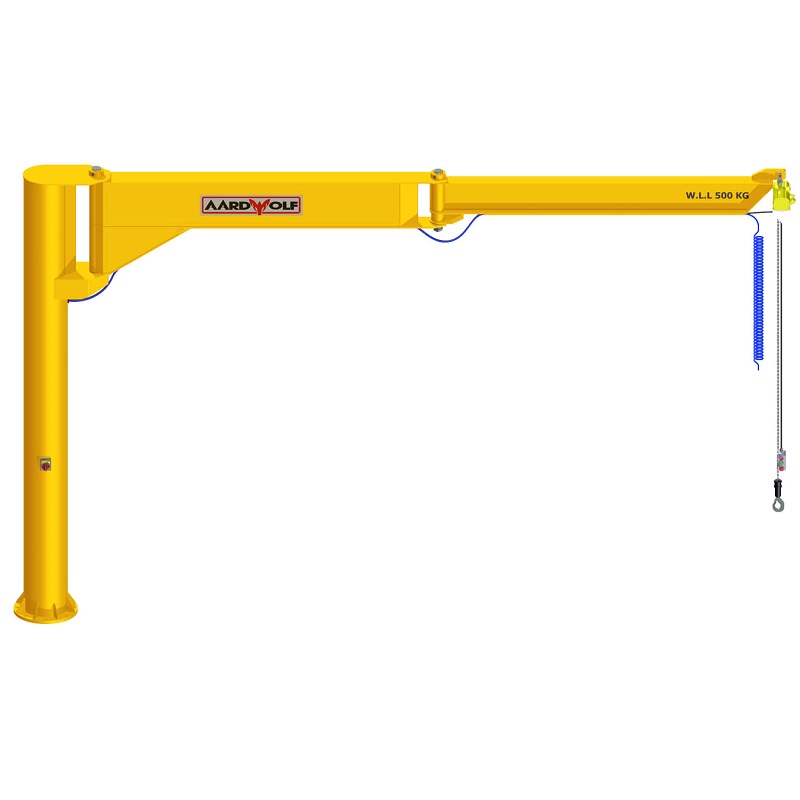
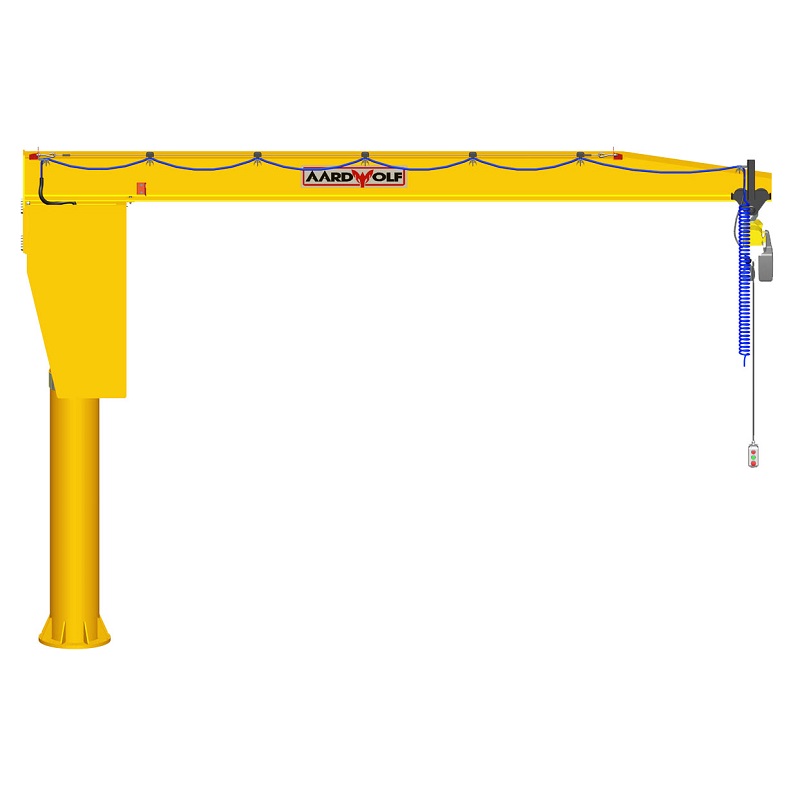
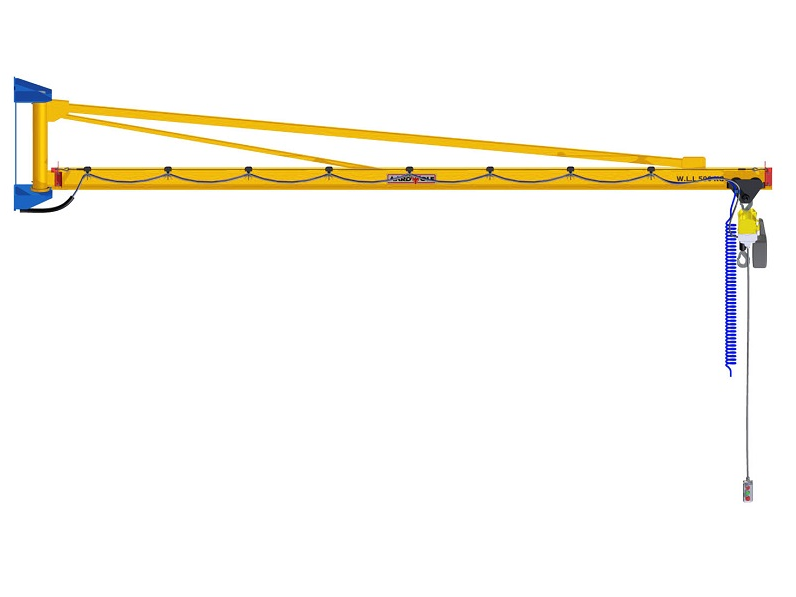

Please log in to leave a comment.